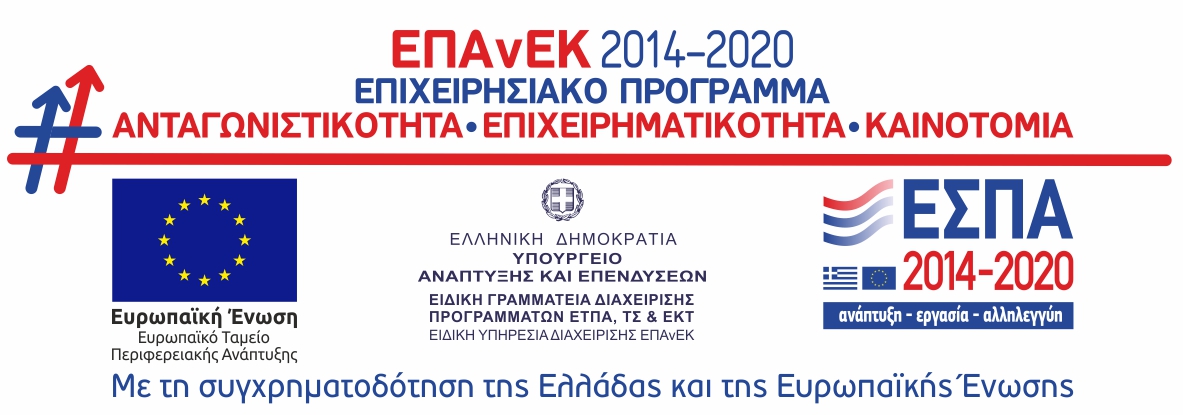Earlier this year a report of the workshop ‘Adapting your coursebook for learners with SpLDs’ was published here, outlining the main ideas that came out of it: 1) the layout of the pages; 2) the amount of material to be covered, and 3) the activities in the lesson. This follow-up article focusses on the third of these issues, which proved to be the area that teachers felt they had most freedom to adapt to suit their students. Here, some of the ideas from the workshop are explored in more detail, taking typical coursebook activities skill by skill.
In all cases (except perhaps exam-preparation coursebooks), teachers need to consider whether an activity genuinely offers opportunities to practise what has been taught, and develop language skills, or is simply testing the students. Listening activities often seem to adopt a testing approach, where students have to listen to a spoken text and answer questions about it. For dyslexic learners whose speed of processing – and particularly phonological processing – may be an issue, this might well be a huge challenge, and possibly quite demotivating. It is therefore important that teachers make sure students are introduced to the language they will hear, before they listen, and encouraged to develop strategic listening skills, such as identifying intonation patterns that give so much of the overall message, regardless of the words used. Pre-listening activities could also include directing attention to specific aspects of pronunciation, such as the way that words link together in natural speech. Students should be allowed to listen to the text once just to get a feel for the length and structure, without having to do any while-listening tasks. Before they listen again, there should be plenty of time to read through any questions and clarify whether they are listening for the gist, or picking out details. It may be helpful to pause the recording occasionally to give students time to record their answers; certainly playing it more than once (or some short sections of it) before checking answers – and afterwards too – would enable dyslexic learners to make sense of what they have heard.
For dyslexic learners, most speaking activities are usually quite accessible, but even here care needs to be taken to ensure that the aims are clear, and not too complex. If the purpose of the task is communication, small errors of grammar or pronunciation can be overlooked, as long as the message is not lost. If, however, the aim is to practise the structures or vocabulary that have been introduced, more accuracy might be required. Many coursebook activities require students to work with a partner, but before that stage it may be helpful for the group to do some intense pronunciation practice on word stress or sentence rhythm. This could be done on small chunks of language before building them gradually into longer utterances. Some students will prefer to rehearse phrases quietly on their own before interacting with others, so time should be allowed for this, and for pair or small-group practice, before more ‘public’ performances. It may be helpful to allow students to use simple vocabulary or grammar prompts, so that memory issues do not impede the actual speaking.
Class time is limited, but reading is an activity that students with SpLDs may need longer than others to do thoroughly. It may be a good policy to divide up long texts so that students read only a small part, aiming to answer some specific questions, and then share information with others who have read different sections. It is important, as with listening, to help students develop good reading strategies, such as surveying the text before reading. Encourage them to read the title and subheadings carefully, make sure they know how many sections there are, and scan through the text for names and numbers. Students with SpLDs often have short memory spans and lose the thread of what they have read when they stop to work out what an unfamiliar word is. To avoid this, new vocabulary can be pre-taught, and - most importantly - students should be reassured that they do not need to understand every word first time to get the main ideas; they should try to read on and see if it becomes clear from the context.
The skill that usually presents most challenges for learners with SpLDs is writing, because there are so many different things to think about. Whatever the activity suggested in the coursebook, teachers should make it clear what their priorities are, whether accuracy, style (choice of words), or the content and message of the piece. All students (but particularly those with SpLDs) benefit from being encouraged to plan before writing, by making notes, or a mind-map, or by talking through their ideas with classmates. Similarly, checking over the work afterwards should become an integral part of the writing process, and time should be allocated for that, whether in class or at home. Many writing tasks lend themselves well to collaborative working, whereby students produce one text between 2 or 3, sharing responsibility for the accuracy and content, which can be very empowering and motivating for students who have a lot of ideas but struggle to express them on paper. Alternatively, a writing frame could be made available for those who want to use it, consisting - for example - of sentence starts, or a visual plan to help structure the text.
When approaching vocabulary and grammar activities in course books, teachers may need to consider what the priority is for the learners to cover; it is better that a student securely grasps the basics of a new tense or thoroughly learns 6 words rather than being overwhelmed with information. If the coursebook is largely text-based, additional multisensory games or activities might need to be incorporated into a class to help the students to notice patterns, and exceptions, and to make connections between what they already know and the new material.
Finally, when checking through any kind of exercise, it is reassuring for learners with SpLDs to be able to check their answers with a neighbour first, or to work in a small group which nominates a spokesperson to volunteer answers publicly. Coursebooks differ, of course, in the way that they suggest activities should be run, but when teachers know their students, they should be confident in making changes to the plan, so that the whole class can learn successfully together.
Dr. Anne Margaret Smith and Anastasia Metallinou will be running the workshop on adapting coursebooks again at the IPEs in Thessaloniki and Athens this autumn. See http://www.ip-exhibitions.eu for more information.
Bio
Dr Anne Margaret Smith has taught English for 25 years in Kenya, Germany, Sweden and the UK. She is also as a dyslexia specialist tutor and assessor. She founded ELT well with the intention of bringing together best practice from the two fields of ELT and SpLD support, and now offers materials and training to teachers, as well as specialist teaching to dyslexic learners. Find out more: www.ELTwell.com











